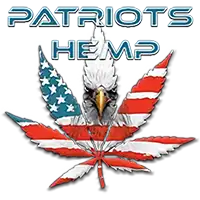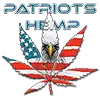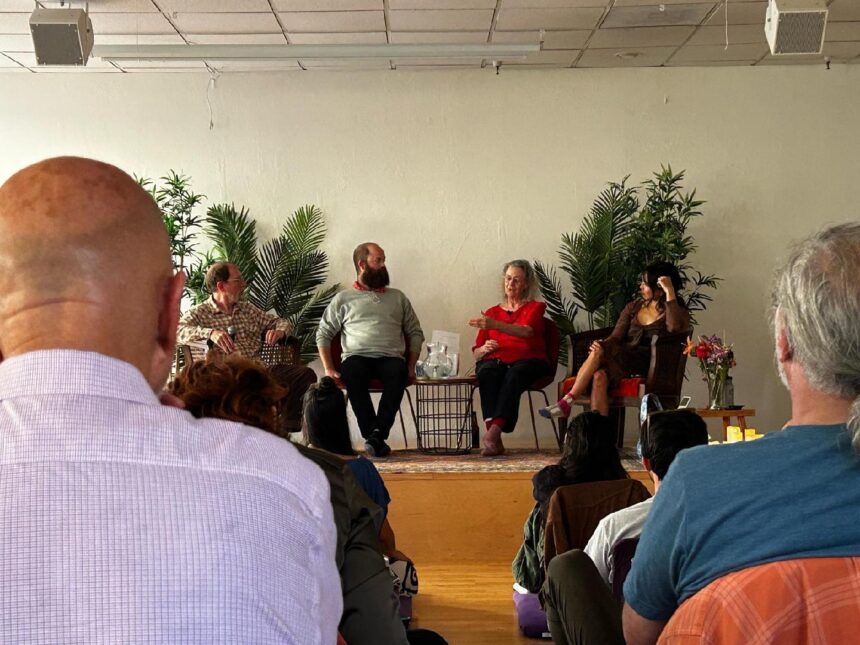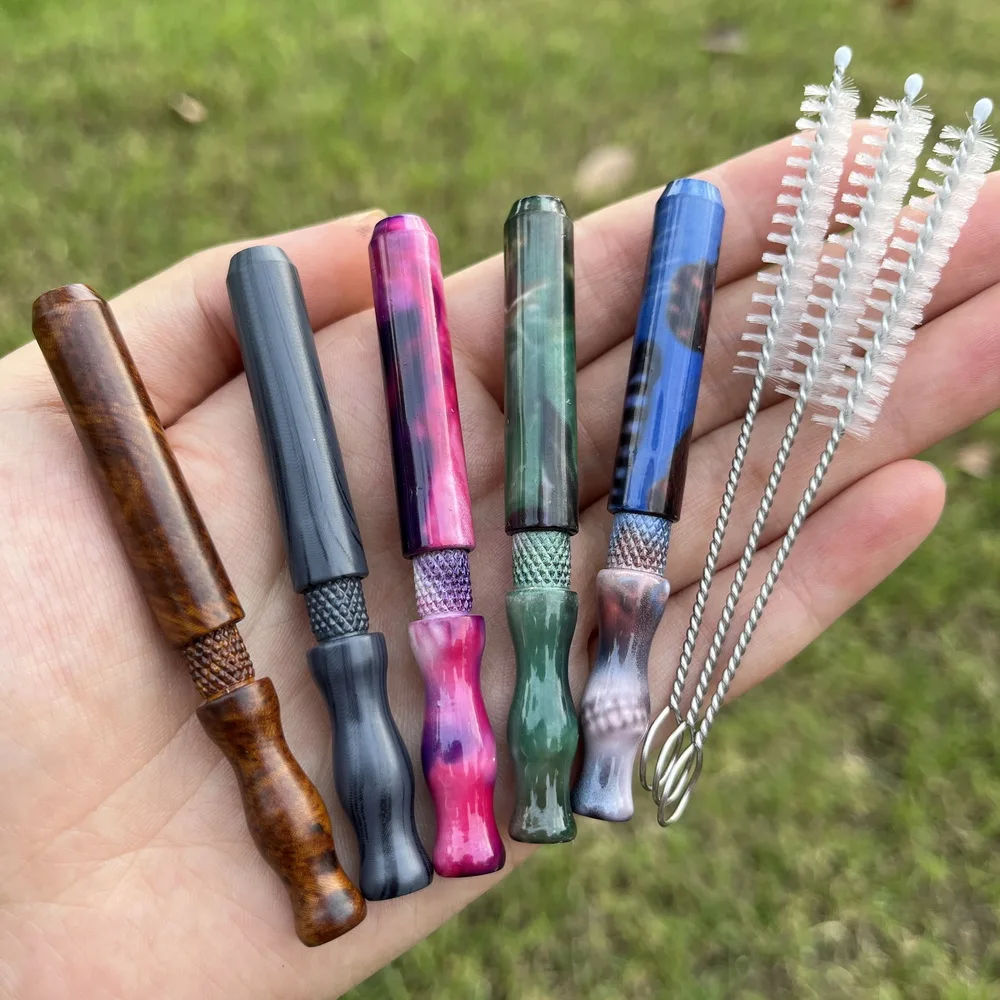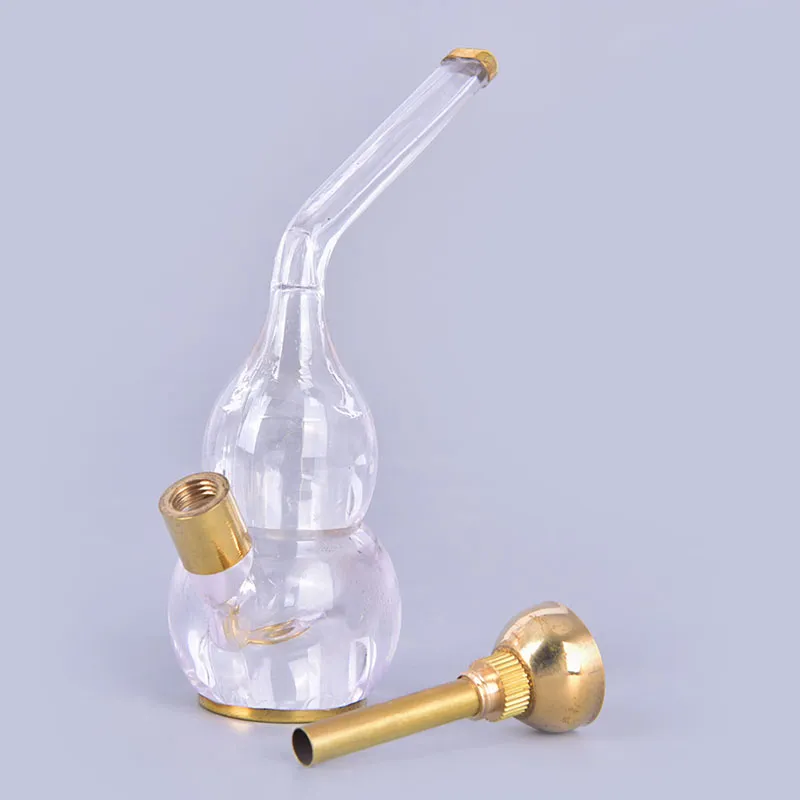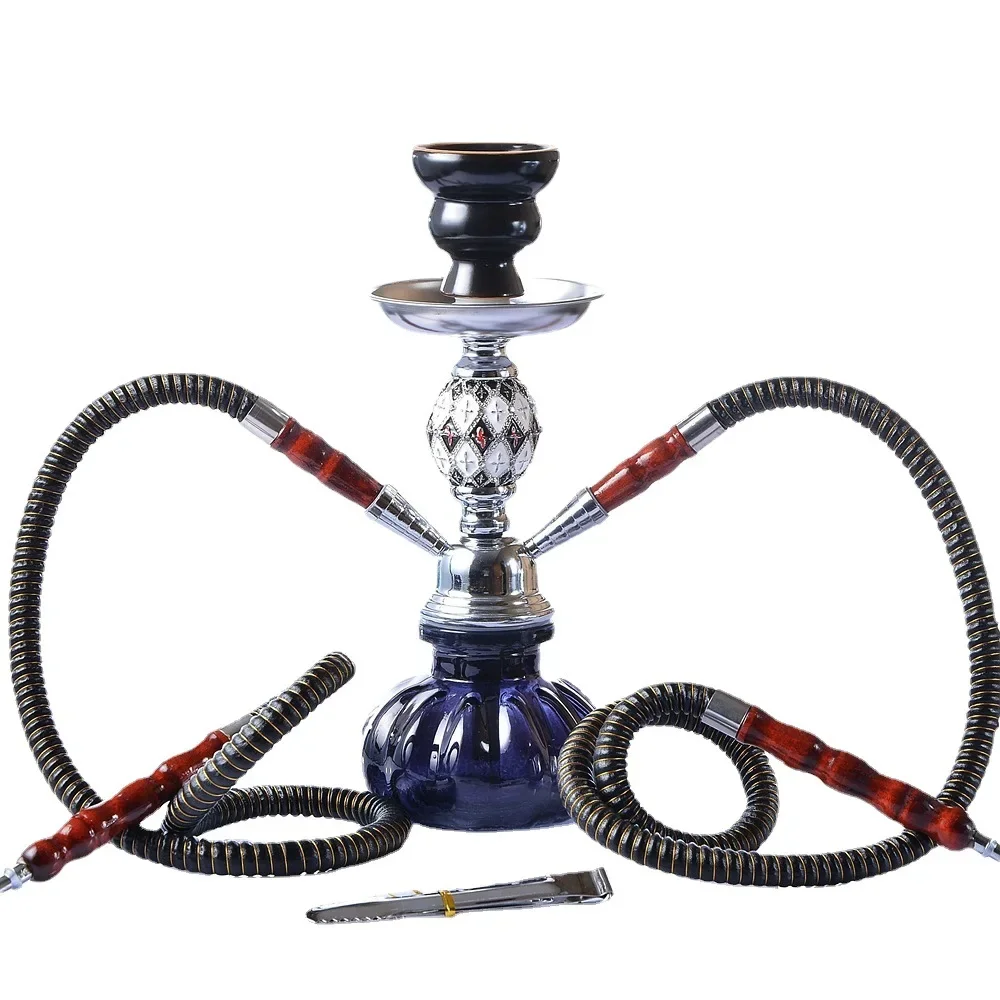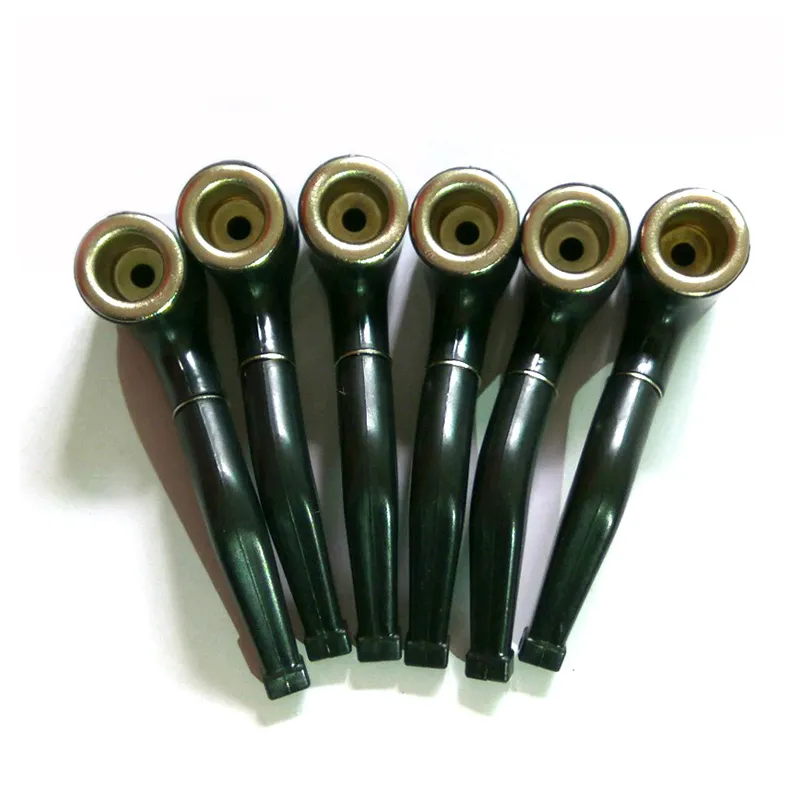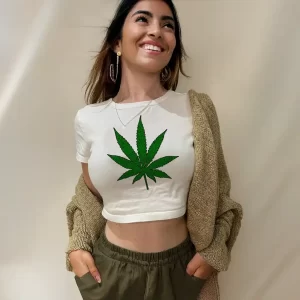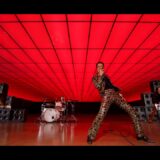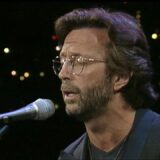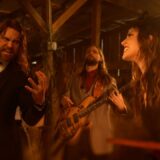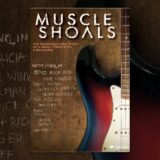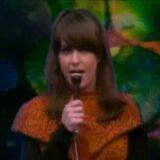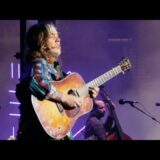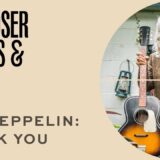I tiptoed through a creaky hallway overlaid with vinyl, careful as if not to wake sleeping parents. Sock-footed in solidarity, the sixty or so people inside The Berkeley Alembic filled a humble conference room already buzzing. Five minutes late, I slid into a chair just as the contact high hit—was I being possessed?
It was clear from the start of the “jam-sesh,” an installment of the monthly psychedelic salon called The Chalice, that the flight from the corn-sweat-tinged dairylands of Wisconsin was going to be worth it.
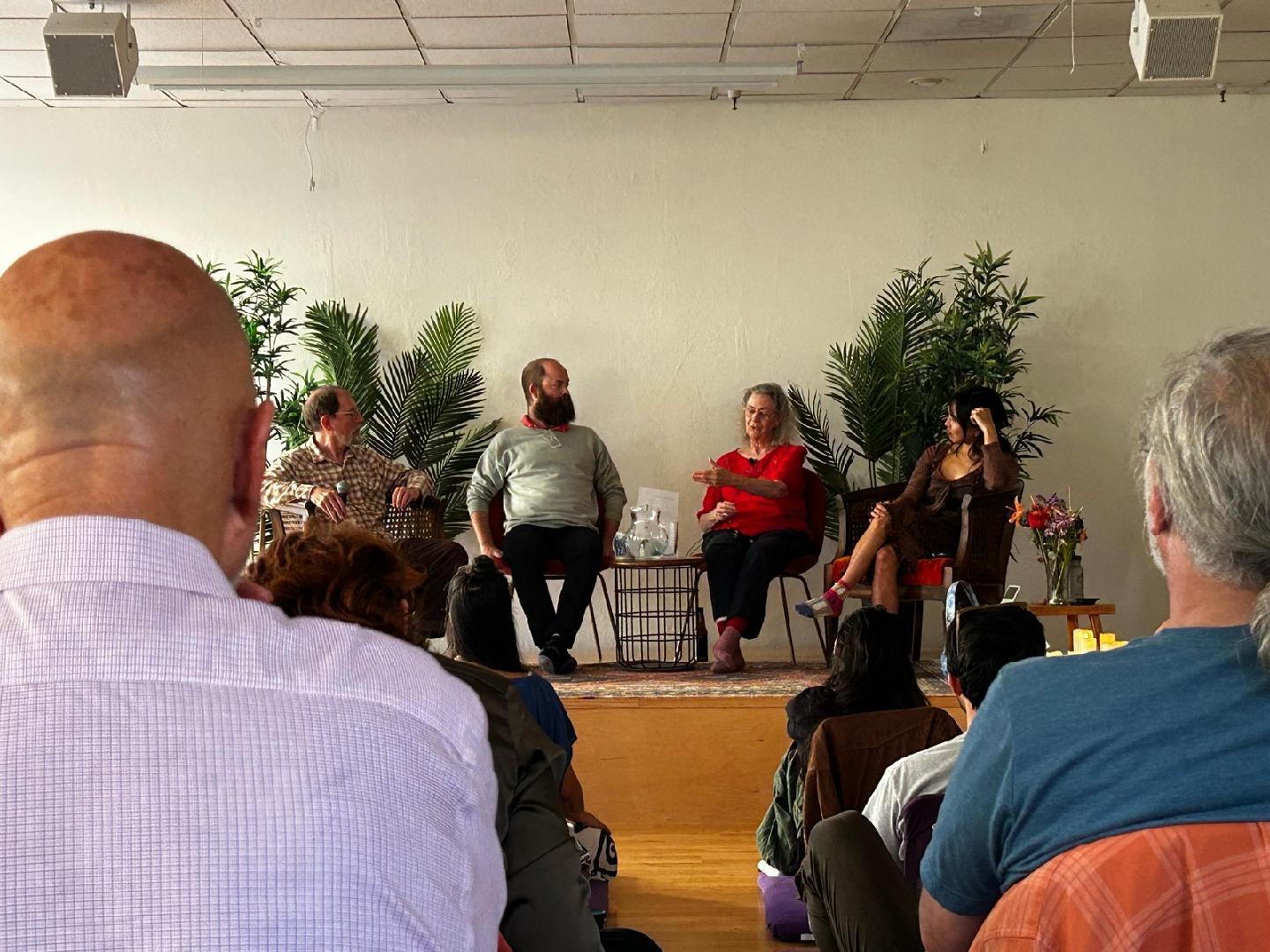
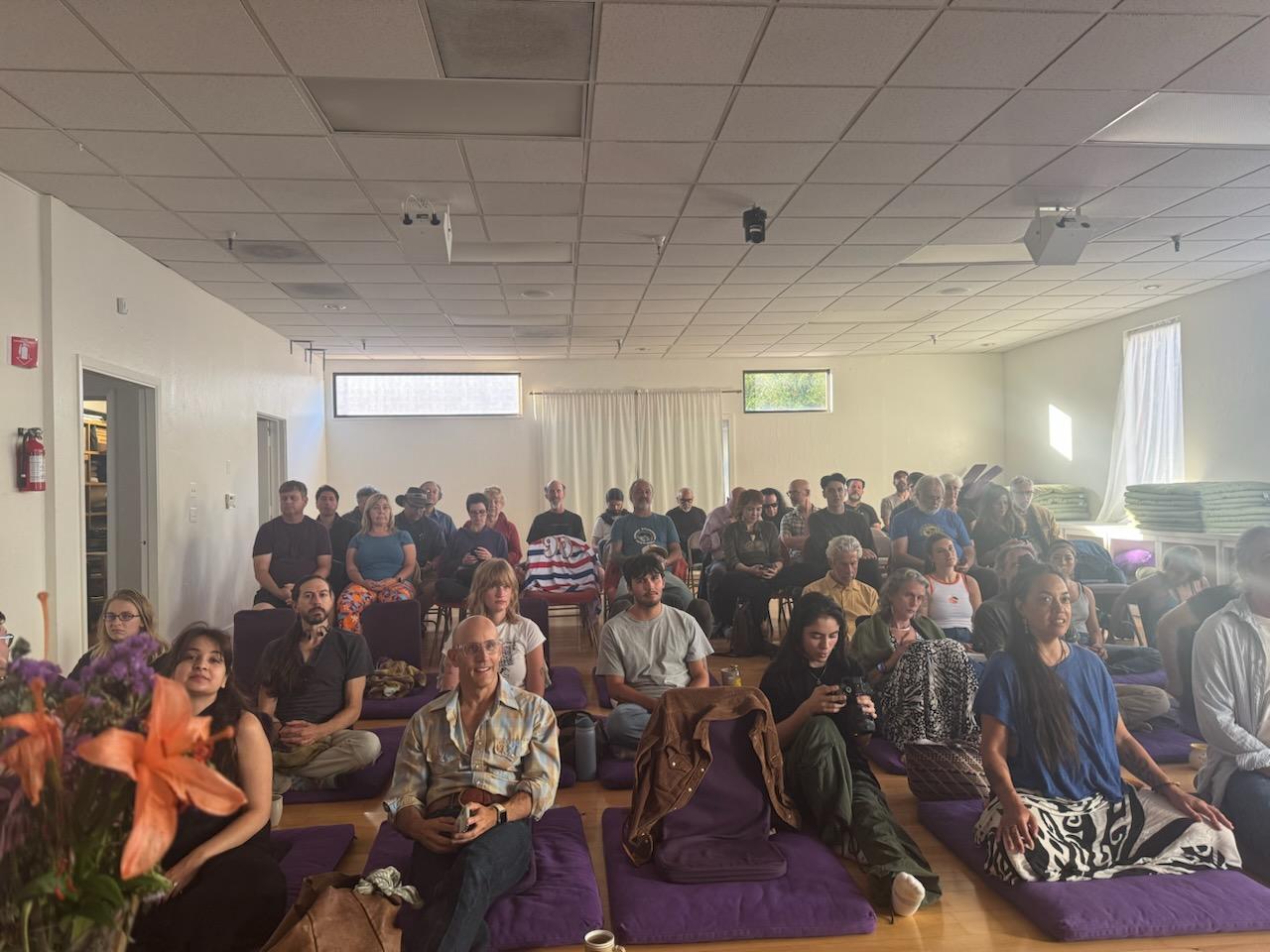
The Wunderground
This visit to the San Francisco Bay was the most recent in a four-year string of trips to the birthplace of America’s psychedelic culture. I came searching for the shards and remains of the 1980s-1990s “Psychedelic Underground,” which is the subject of an evolving mythosphere surrounding its origins and function in the current popularization of mind-manifesting compounds taking over America’s collective conscience.
“This isn’t just about psychedelics, but is an exploration of what it means to be psychedelic people,” explained cohost Erik Davis, author of High Weirdness, during the introduction. The goal of the discussion wasn’t to worship psychedelic use or gratify the panelists’ egos as a platform for personal trip reporting; it was more like a think tank working out the state of The Wunderground (Weird-Underground)
All post-World War II era generations were in the crowd in pretty near-accurately distributed per capita ratios. On the homemade stage, the four-person panel was tilted in Gen X’s favor. Which makes sense; Xers’ earliest members are approaching the elder stage of life, which means nearly all of America’s smallest recent generation is evenly spread across its most productive years, approaching what will be its peak socio-cultural power.
The terroir of the happening felt to me like a Gen X-led Wunderground flag raised. With aim to, in the words of Davis, “ballast the ships, to make sure they don’t tip all the way over.” The discussion began with a look into the guest of honor and author of Weed: Everything You Want To Know But Are Always Too Stoned To Ask, Michelle Lhooq’s career, and a 375-foot view of the current state of the psychedelic and rave cultures.
Though cohost Dr. Christian Greer tried to convince me he was an “Elder Millennial,” I believe he and Davis represented the right and left hemispheres of the Xer-society-level cerebral cortex, respectively, in the discussion. Maria Mangini represented the feminine heart of the Boomers, and Lhooq seemed to be animated as Generation iAmPhone’s root chakra. The gaggle transitioned from the macro to the microcosm, sharing personal stories that flowed through a range of topics, including grief, entity-possession, trauma release, GHB, California Sober, raves, sex, intelligence, and, most notably, the “vibes draught.”
It was fascinating to hear the questions and focus of each generation. Boomers and Gen Z seemed most keyed into the vibes-draught in the rave scene and its implications, where Xers and Millennials saw surviving Boomer institutions like Dead and Friends not as cultural stagnation, but as keeping the vibes pilot light lit.
San Dorado, The Weirdo City
Like the legend of El Dorado, San Francisco was the literal City of Gold that drew a strange cast of hardworking characters across the “American Frontier” to California right before the Civil War. At this very boundary of America’s continental expansion, the SF Bay is clearly the geographic location of the cultural wellspring for the current American era. As a young Millennial man, coming of age as a witness to the fiery chaos-traphe bringing this New Deal era to its end, I’m fascinated by the enrapturing totality of San Dorado’s influence since America dropped Fat Man and Little Boy over the Pacific.
The mushroom cloud must have floated over the City of Gold as the next morning’s ocean mist. Hovering like a radioactive UFO ever since, causing weird karmic cultural mutatis for the last 80 years. From Hippies and Black Panthers to the revenge of the Silicon Valley nerds, much of America’s culture, and now economic activity and speculation, is based on a San Franny Bay template. In what feels like the climax of a successful alchemical ritual, California has pushed its dream deeply into the collective imagination of high-cholesterol society, most totally now with the iPhone and every Internet-led cultural outflow that has followed since 2007.
This is the “weird” frontier, the land of the hippy-feaks turned Silicon Valley Oligarchic Landlords, and it continues to draw me in. The term “weird” was front and center in this conversation; cohost Davis has even published a detailed scholarship of the term. In an interview he conducted in 1998 with Terence McKenna, which is often referred to as McKenna’s last recorded interview, the psychedelic philosopher left us with the words, “I think it’s just going to get weirder and weirder and weirder and finally, it’s going to be so weird, that people are going to have to talk about how weird it is.”
That’s what was delivered, an intellectually poignant, heart-centered “jam-sesh” on the state of The Wunderground in what Chalice cohost Mangini added are “spooky” times.
Rave New World
We’re clearly entering a new era, and what makes this discussion so topical is that psychedelic communities and underground rave music communities still offer what’s on the cutting edge of cultural lifestyle and intellectual development. As Looqh told me in a follow-up interview, “I think that electronic music has become the soundtrack for this contemporary moment.” Whether this contemporary moment marks the end of a 50-to 100-year societal cycle, the ~2,100-year shift to the Age of Aquarius, or both, something is inviting us through the gates of history.
At large, on the political front, America seems to be working out how to talk about how weird things are getting, but beyond this, issues like technological development, psychedelics and the drug war, and state of our culture, how they interact with our social, individual, and economic wellbeing, and what to do about them, seem to be lost in the Boomer-dominated sauce in mainstream America, but not here in Berkeley.
The gathering felt to me like some much-needed cultural development in the “psychedelic community,” standing in contrast to the sometimes staunch sterility of the mainstreaming momentum of the psychedelic sciences. As Mangini put it when talking about the psychedelic medical model, “The medicalization of psychedelics was a devil’s bargain… The idea that you have to have a diagnosis to use these things is completely nuts in human history.”
Overall, the quadralogue was a riffedelic ribosome, folding complete proteins of psychedelic insight. From the perspective of a Midwest, light-blue-collar tourist of San Francisco Weird, it was pretty cool seeing people talk about the difficult collective issues facing their community and society-at-large as open-minded adults in the presence of a massively multigenerational audience.
Where I come from, when it comes to dialogue, the generational divide between those under the age of 40 and the Baby Boomers almost seems as large as the 1960s generational gap seemed for them and their G.I. Generation elders. The Wunderground is showing signs of heady life, beckoning as a cultural holdout to inspire the next era’s crop of freaks and beats, wherever they may roam.
To close the night, Lhooq pulled a turn-table judo move, using her last word to ask the hosts to give the audience a message of hope. “I don’t know about hope,” it was said, but I now know about the importance of secrecy. Then, I checked my watch. Ninety-nine seconds early, the session concluded with a cymbal crash of group chanting, “Peace. Love. Unity. Respect.”
This article is from an external, unpaid contributor. It does not represent High Times’ reporting and has not been edited for content or accuracy.
Cover image by Rudra K via Unsplash
